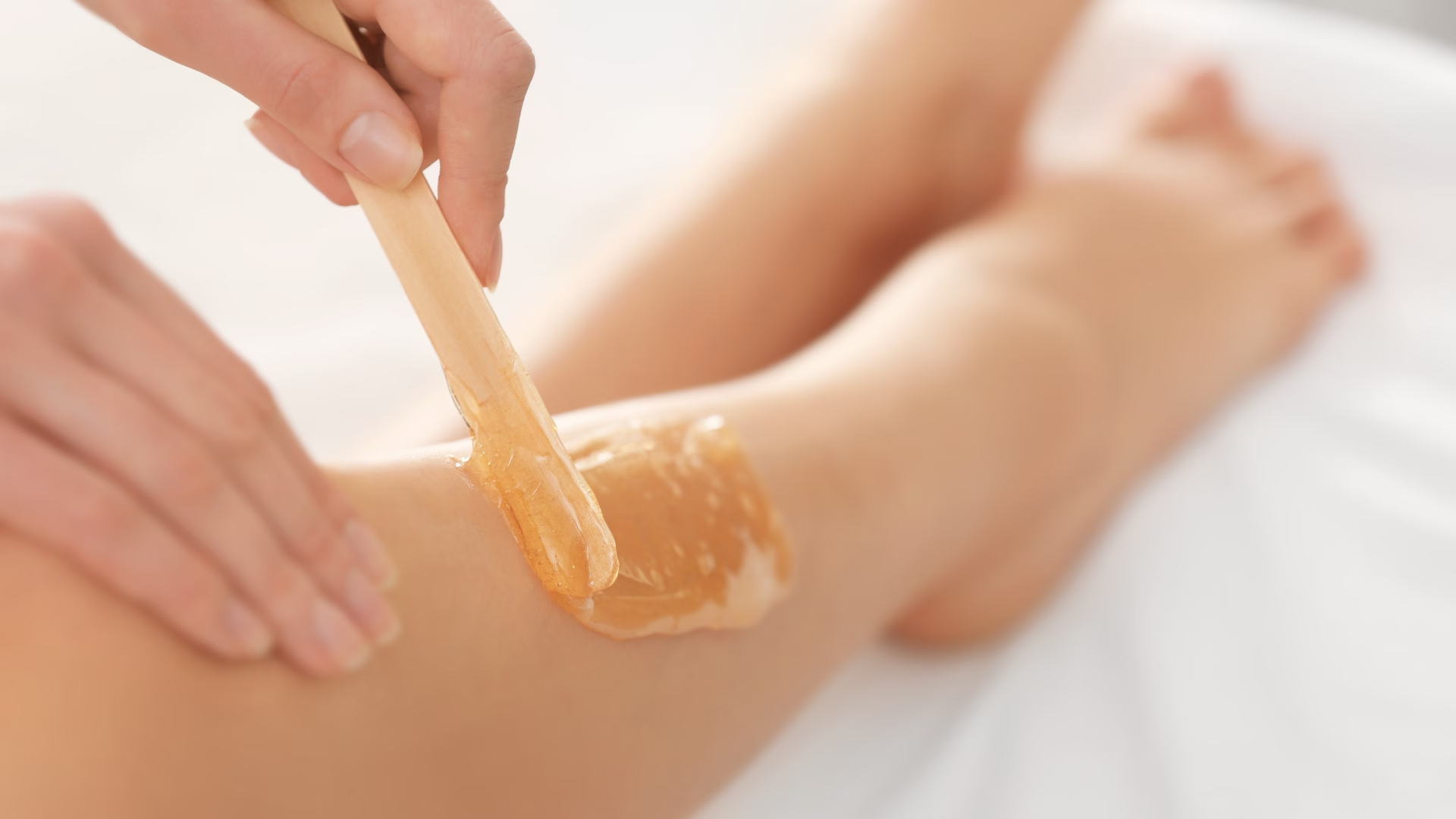Waxing is one of the most popular hair removal methods around the world. It delivers smooth, long-lasting results and, for many people, becomes a regular part of their beauty routine.
However, like many beauty practices, waxing is surrounded by several myths and misconceptions. In this article, we will explore four of the most common beliefs about it and determine whether they are myths or facts.
1. Waxing Makes Hair Grow Back Thicker and Darker
This is one of the most persistent myths about waxing, and it’s simply not true. In fact, the opposite is more likely to happen. When you wax, the hair is removed from the root. Over time, repeated waxing can weaken the hair follicle, causing hair to grow back finer, softer, and sparser.
So why does it seem thicker to some people? The answer lies in how hair feels when it grows back. After shaving, hair often feels blunt because it’s cut at the surface. But after each sessions, it grows back with a natural tapered end, making it feel softer. Sometimes, darker regrowth against fair skin makes it look more noticeable, but it doesn’t mean the hair is thicker or denser.
2. Waxing Is Always Extremely Painful
Let’s be honest—waxing can be uncomfortable, especially in the beginning. But is it always extremely painful? Not necessarily. The level of pain depends on several factors, including your pain tolerance, the body area being waxed, the technique, and even your hormonal cycle.
Areas with more nerve endings, like the bikini line or underarms, tend to hurt more. However, many people report that the pain lessens over time as the hair becomes thinner. Skilled estheticians know how to apply and remove wax in ways that minimize pain, such as pulling in the correct direction and gently stretching the skin.
There are also ways to make waxing more comfortable, like using numbing creams, taking a mild pain reliever beforehand, or exfoliating to remove dead skin. Ultimately, while this treatment can cause discomfort, calling it “extremely painful” is often an exaggeration.
3. Waxing Causes Ingrown Hairs
This one is true to an extent. Any form of hair removal, whether shaving, plucking, or waxing, can cause ingrown hairs if not done properly. However, it actually has the potential to reduce ingrown hairs over time because it removes the hair from the root rather than cutting it at the surface as shaving does.
Ingrown hairs happen when new hair grows back into the skin instead of up and out. To help prevent this, exfoliate regularly—ideally 24 to 48 hours before your session. Also, moisturise after waxing and avoid tight clothing that can irritate the skin. Following proper aftercare is essential.
4. Waxing Weakens Hair and Is Safe for All Skin Types
This belief is mostly true, with some important caveats. When you wax regularly, you pull hair out from the root. Over time, this process can damage or shrink the follicle, resulting in slower hair regrowth and weaker strands. For many people, this leads to the need to wax less often.
As for safety, most skin types can tolerate waxing, but not all. People with very sensitive skin, conditions like eczema or psoriasis, or those taking certain medications (such as retinoids) should be cautious. A patch test is recommended before waxing a large area. Also, it’s best to avoid this treatment over sunburned or irritated skin.
The Bottom Line
In conclusion, waxing has long been surrounded by myths—from the idea that it makes hair grow back thicker to the belief that it’s unbearably painful. As we’ve seen, most of these are either exaggerated or completely false. When done correctly and regularly, this can lead to smoother, finer hair, less frequent regrowth, and an overall cleaner look.
However, as with any beauty treatment, it’s important to know your skin type, understand proper aftercare, and seek professional help if needed. So the next time you hear someone say, “Waxing will make your hair thicker,” you’ll know how to separate myth from fact—and maybe even set the record straight.





